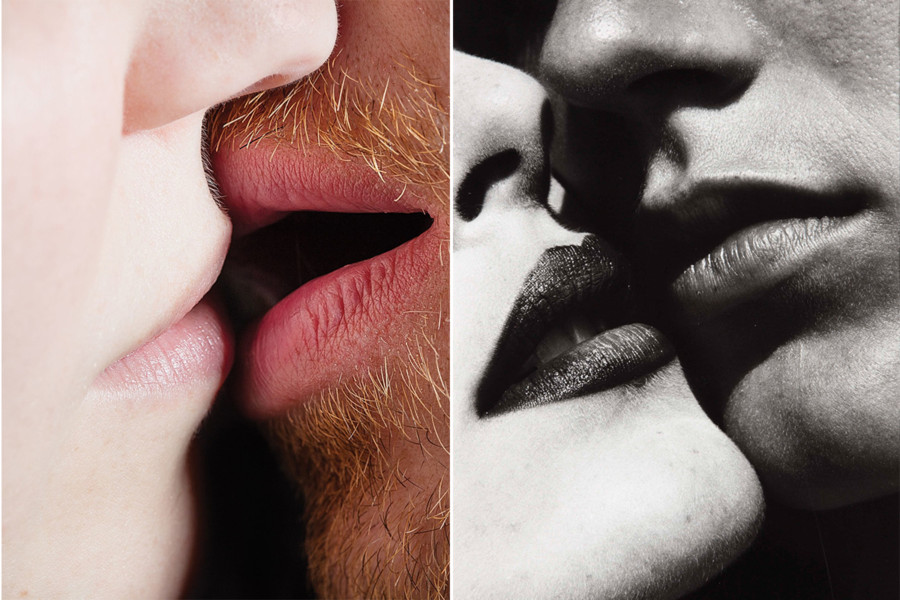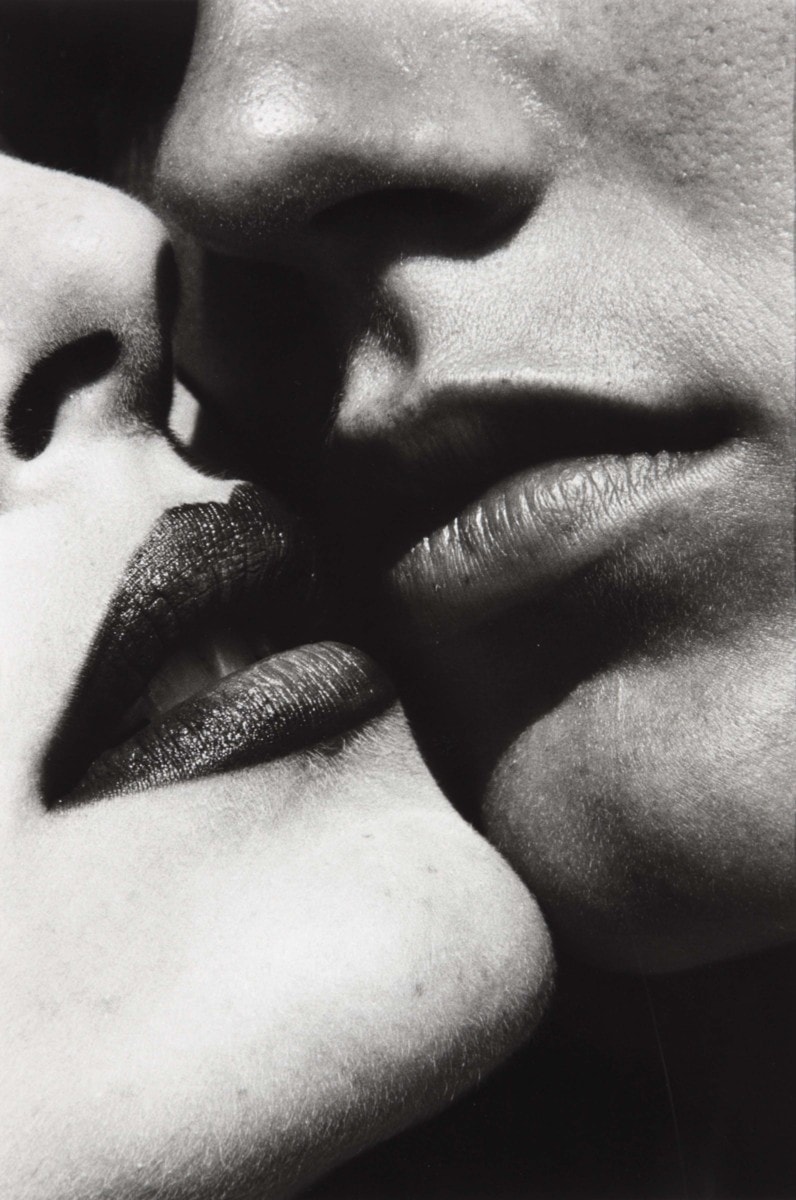Share
Comparing 2 Photos of a Kiss: Helmut Newton & Elinor Carucci
Author Kristen Roupenian’s short story “Cat Person” caused a ruckus after it was published in the December 11, 2017 issue of The New Yorker. ...

Author Kristen Roupenian’s short story “Cat Person” caused a ruckus after it was published in the December 11, 2017 issue of The New Yorker. The contemporary tale of a younger woman pursuing, then rejecting a corpulent, older man struck a nerve with readers, and netted Roupenian a 7-figure book deal. The magazine commissioned Elinor Carucci, whose intimate personal work seemed a perfect match, for the accompanying photo.

Photo by Elinor Carucci for The New Yorker
After reading the piece, Carucci decided to use a real-life couple for the photo – a woman with porcelain skin with nearly closed lips awaits a much more eager and presumably older man; bearded and with a ruddy complexion.

Photo by Helmut Newton
Thirty-five years earlier, Helmut Newton shot an editorial in Bordighera, Italy for Italian Vogue. The Kiss image is incredibly similar in construction and framing, but Newton’s image differs from Carucci’s in two key ways: 1) The woman’s more open mouth suggests that she is the pursuing a more ambivalent male, and 2) the faces are turned out towards the camera suggesting an awareness of the observer, thus lacking the intimacy of Carucci’s photo.
The two images provide a fascinating comparison of gender depiction that matches the respective zeitgeist. A generation ago, even though Newton portrayed women as powerful, the man is still pursued. And now, the #metoo movement combined with an increased awareness of gender rights produces an image that could be described as an antithesis.
Carucci’s personal work is stunning for its brutal authenticity. Twenty years of self-portraiture on her website provides a wide gamut of images ranging from the enticing nudes of a 20-year old body to the scars of motherhood from her c-section.
Newton’s erotic voyeurism epitomized the male gaze – his style of photography was widely imitated, and influenced legions of photographers. Newton’s women were Amazonian and often gender bending, but there’s no mistaking the sexualization and eroticism of his oeuvre. Carucci’s images are self “voyeuristic” – or perhaps more accurately self-observational. Before selfies became the contemporary expression for a narcissistic generation, the artist self-portrait was more akin to visual psychotherapy.
One image is no better than the other. Both are executed with technical precision. And more importantly, both images are a reminder of how art reflects the period in which it lives. Just as a hairdo and makeup can be a dead giveaway of an era, so can a pose.


